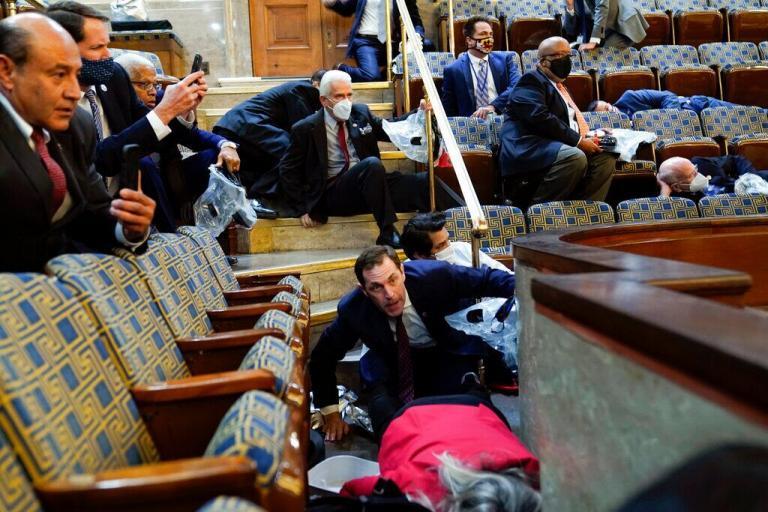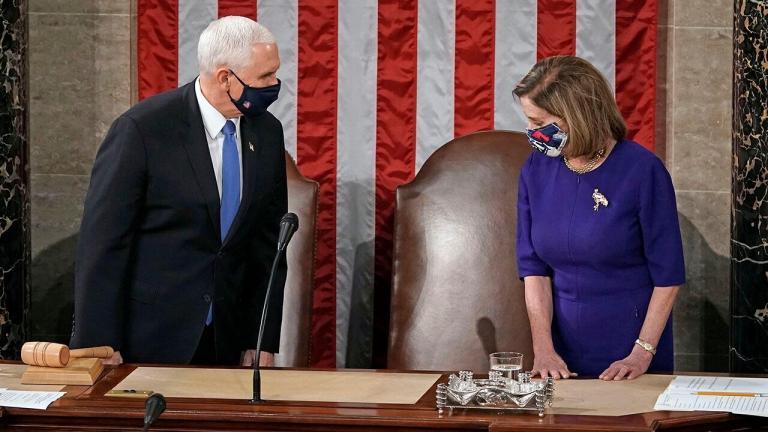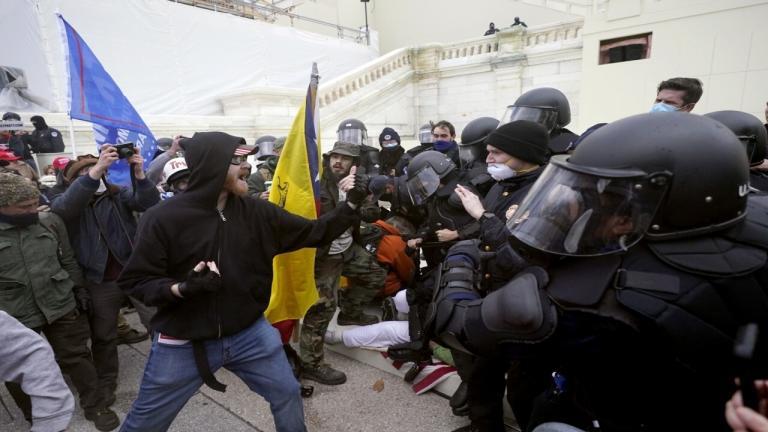
Last month, I wrote about the contest for the leadership of Scottish Labour. Now that Richard Leonard, a woefully-performing left-winger, has finally stepped down, it’s a battle between Anas Sarwar and Monica Lennon for what was, in recent memory, one of the biggest jobs in Scottish politics.
Sarwar is widely considered both the favourite and the candidate most likely to revive Labour’s fortunes ahead of the upcoming Scottish Parliament elections (although Lennon stars in this very aggressive new attack ad, which is worth a watch).
As we found in our most recent monthly survey, grassroots Conservatives overwhelmingly take the view that a Labour revival in Scotland is preferable to continued SNP hegemony. This can certainly be explained by the great importance they place on protecting the Union. But as I mentioned in my last piece, there’s actually a self-interested Tory case for cheering Labour on.
Simply put, the Opposition can appeal to an importance slice of the electorate which currently votes Nationalist. These are people who can be persuaded to vote for a pro-UK party, but not the Conservatives.
Conservative strategists actually blame the collapse in Labour’s vote in Scotland in 2019 for the scale of their own reversal north of the border at that election, which saw just over half of the 13-strong Scottish Tory caucus returned in 2017 lose their seats to the SNP. And the numbers from those seven seats, collected at the bottom of this post, do seem to bear this out.
Yes, the Conservative vote went down in every seat except Gordon. But in most cases, not by every much. The real story is a dramatic increase in the Nationalist vote, mirrored by a halving, or worse, of the Labour vote. That’s what allowed the SNP to overturn a Tory majority of 4,752 in Aberdeen South and 4,712 in East Renfrewshire, which in a previous life was the Conservative stronghold of Eastwood.
Obviously the movement of voters between parties is always complex, but a simple experiment illustrates the impact even a modest Labour revival could have. What happens in these seats if we return to Labour half the votes they lost between 2017 and 2019, at the SNP’s expense?
In Aberdeen South, the Nationalist majority over the Tories is cut from 3990 to just 745; in Angus from 3,795 to 2,204; in East Renfrewshire from 5,426 to 1,680; in Ochil and South Perthshire from 4,498 to 1,555; and in Stirling from 9,254 to 5,940.
Meanwhile in Ayr, Carrick and Cumnock an SNP majority of 2,329 becomes a Conservative one of 74, and in Gordon a Nationalist lead of 819 becomes a Tory one of 825.
That’s two more Scottish Conservative MPs returned to Westminster, and several more brought within touching distance – and all without any recovery in the actual Tory vote.
This is yet another example of a crucial fact: that the combined potential vote for pro-UK parties is not the same thing as a perfectly fungible ‘unionist vote’. By appealing to different sections of the electorate, the major parties can make much broader inroads into the SNP’s electoral coalition than any united party, whether it be George Galloway’s Alliance for Unity or the revived ‘Scottish Unionist Party’ sometimes floated by the likes of Murdo Fraser and Andy Maciver, could hope to manage.
We see this time and again, whether its the Conservatives failing to find enough Labour and Liberal Democrat switchers to overturn a 25-vote SNP lead in a recent Aberdeenshire by-election or the Tories of East Dunbartonshire refusing to lend Jo Swinson the 150 votes she’d have needed to hold the seat against the Nationalists.#
Truly seeing off the SNP will require a strong Conservative Party and a strong Labour Party – not to mention a stronger Liberal Democrats. Let’s hope that whoever succeeds Leonard can deliver one.
Party Vote (Share) 2017/19
Aberdeen South
- Conservative: 18,746 (41.2) / 16,938 (35.9)
- SNP: 13,994 (31.5) / 20,338 (42.1)
- Labour: 9,143 (20.6) / 3,834 (8.4)
Angus
- Conservative: 18,148 (45.2) / 17,421 (40.4)
- SNP: 15,503 (38.6) / 21,216 (49.1)
- Labour: 5,233 (13) / 2,051 (4.8)
Ayr, Carrick and Cumnock
- Conservative: 18,550 (40.1) / 17,943 (38.5)
- SNP: 15,776 (34.1) / 20,272 (43.5)
- Labour: 11,024 (23.9) / 6,219 (13.3)
East Renfrewshire
- Conservative: 21,494 (40) / 19,451 (35.1)
- SNP: 16,784 (31.2) / 24,877 (44.9)
- Labour: 14,346 (26.7) / 6,855 (12.4)
Gordon
- Conservative: 21,861 (40.7) / 23,066 (41.3)
- SNP: 19,254 (35.9) / 23,885 (42.7)
- Labour: 6,340 (11.8) / 3,052 (5.5)
Ochil and South Perthshire
- Conservative: 22,469 (41.5) / 22,384 (38.7)
- SNP: 19,110 (35.3) / 26,882 (46.5)
- Labour: 10,847 (20) / 4,961 (8.6)
Stirling
- Conservative: 18,291 (37.1) / 17,641 (33.5)
- SNP: 18,143 (36.8) / 26,895 (51.1)
- Labour: 10,902 (22.1) / 4,275 (8.1)
Originally found on Conservative Home Read More







